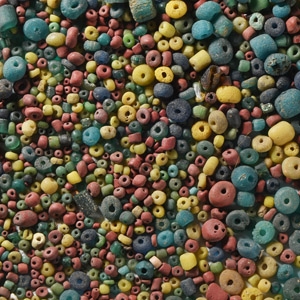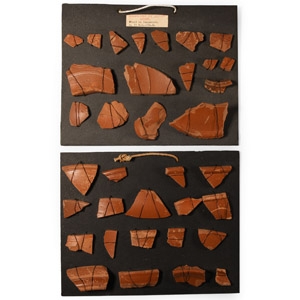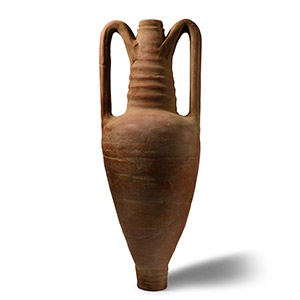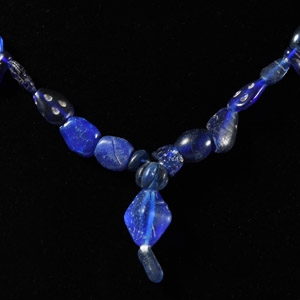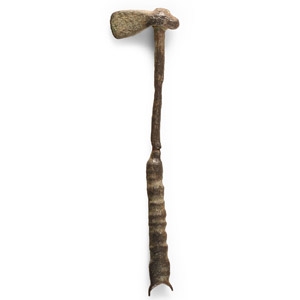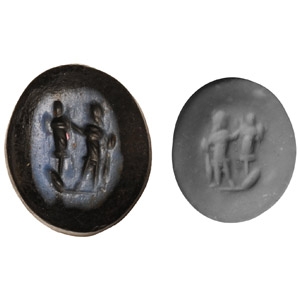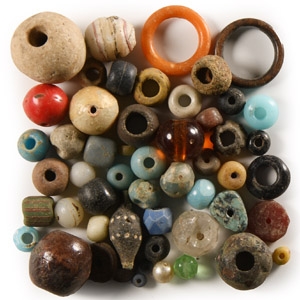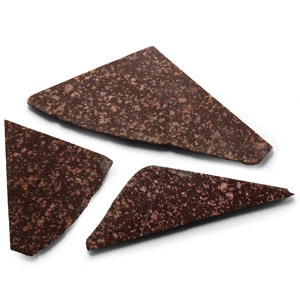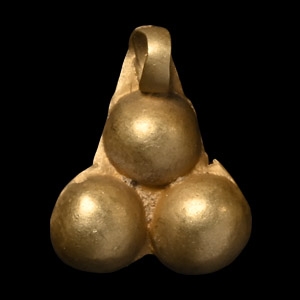Home > Auctions > 4 June - 8 June 2024
Ancient Art, Antiquities, Natural History & Coins
Auction Highlights:
From the private collection of the late Mrs Belinda Ellison, a long time member of the Egyptian Exploration Society, c.1940-2020.
Ex property of a late Japanese collector, 1970s.
Found Columbarium at Ostia, Italy, in 1867.
From the 19th century collection of Rev J. Pyke.
From the collection of a late East Anglian teacher and antiquarian who retired to the Isle of Wight in Hampshire, UK.
He amassed a large collection of objects between the 1960s-1980s.
Found Hampshire UK.
From the collection of a late East Anglian teacher and antiquarian who retired to the Isle of Wight in Hampshire, UK.
He amassed a large collection of objects between the 1960s-1980s.
From a collection acquired on the UK art market from various auction houses and collections mostly before 2000.
From an important Cambridgeshire estate; thence by descent.
Cf. example from Dura Europos in the Institute for the Study of the Ancient World, New York, under ref. Middle Roman Amphora 7.
Acquired from Allan Cherry at the Birmingham Coin & Antiquities Fair, UK, in 2006.
Ian Wilkinson collection, Nottinghamshire, UK.
Acquired on the London, UK, art market in the 1990s.
Ex London, UK, gallery.
Found Essex, UK.
Property of an Essex collector.
Cf. similar in the British Museum under accession no.1982,0602.10.
From the Fadel family collection, London, UK, 1970s.
Found Billingsgate spoil from the Thames foreshore, London, UK, circa 1984.
Property of an Essex collector.
From Egypt.
Ex Mineral Imports, London, UK.
Gregory, Bottley & Lloyd (Gregory's).
Mons Porphyrites (today Jabal Abu Dukhkhan) is the mountainous site of a group of ancient quarries in the Red Sea Hills of the inhospitable eastern desert in Egypt, a five day trip from the Nile during Roman times. They were discovered by Caius Cominus Leugas in 18 A.D., and during the Roman Empire the mines officially belonged to the emperor and were the only known source of the Imperial Porphyry, Mons Porphyrites. This dark purple stone was associated with royalty and used for prestigious sculpture and architecture. The location of the mines was lost some time in the 5th century, and rediscovered in the early 19th century. Excavations in the area have revealed the well-preserved quarries and the dwelling places of the quarry men, and also thousands of ostraca have been discovered containing messages that provide details of how the quarrying took place, and of how the highly skilled quarrymen ordered their food.
Ex property of a late Japanese collector, 1970s.
457 - 468 of 2809 LOTS

.jpg)

.jpg)
.jpg)
.jpg)
